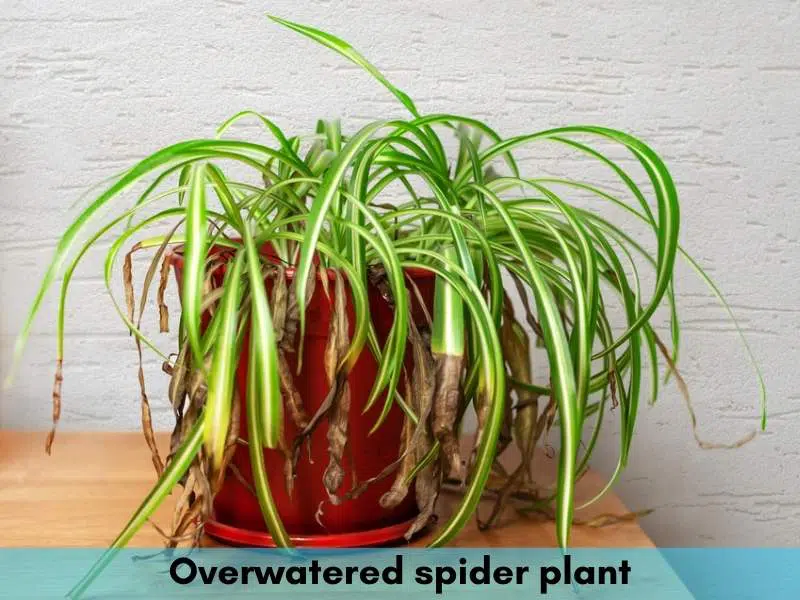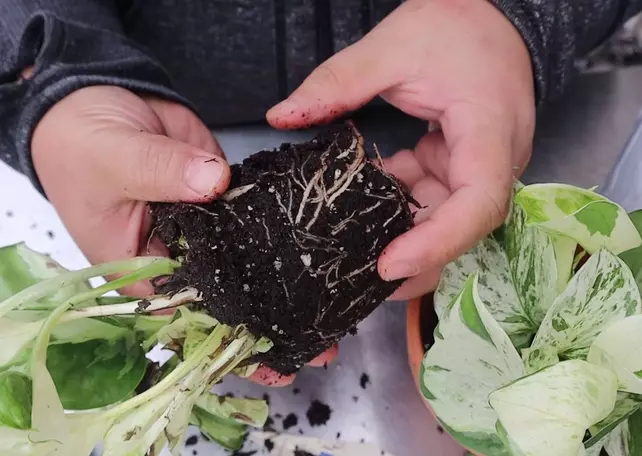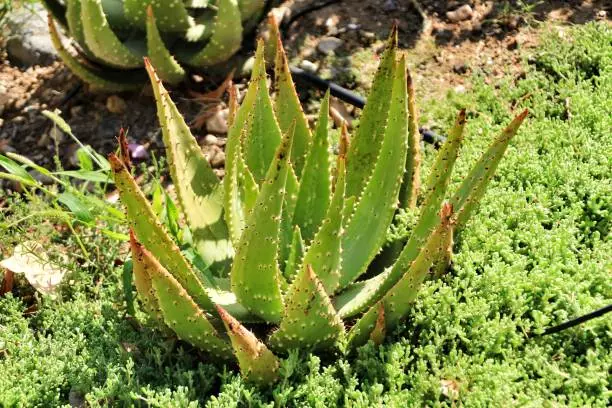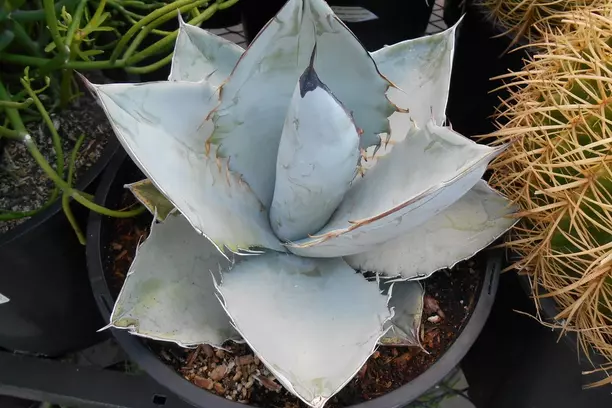Spider plants are a favorite amongst many gardening enthusiasts due to their beautiful spiderettes that dangle gracefully away from the mother plant. However, moisture issues can cause your spider plant to develop leaf yellowing and brown leaf conditions.
Move the plant to a shaded area and remove it from the pot. Prepare a new potting mix and repot the spider plant to save it from overwatering. Water lightly until the spider plant revives then place it where there’s bright indirect sunlight.
Is it okay to overwater a spider plant?
Avoid overwatering spider plants because too much water will drown the plant’s roots. As the soil becomes waterlogged, it holds less oxygen, thereby choking out the plant’s roots. Root rot fungi also find the waterlogged environment conducive and can kill the plant if not saved soon enough.
As these fungi and microbes settle in the substrate, they trigger root rot. You should- therefore- stop irrigating your spider plants as soon as you notice any signs of overwatering.
Signs of overwatered spider plant

A spider plant that’s growing in soggy conditions will start to show signs of ill-health and unhappiness. Drooping leaves, brown spots and marks on the leaves, and stunted growth are some of the symptoms you’ll notice on the plant.
Here are the signs of an overwatered spider plant:
Leaf discoloration
At the onset of discoloration due to over-irrigation, the spider plant’s foliage changes from lush green to a pale green hue. This starts from the base of the plant and spreads towards the upper leaves. As the discoloration worsens, the leaves turn from pale green to yellow and may start to have brown spots at the tips. Soon enough, the leaves start wilting and dropping off.
RELATED: HOW TO TREAT SPIDER PLANT WITH BROWN TIPS
Waterlogged soil
If the soil on which your spider plant grows appears flooded, it’s because it can no longer hold any more water. Soil that has poor drainage capabilities is more likely to cause spider plants to overwater, as it cannot drain moisture fast enough. Waterlogged soil may also show signs of fungal growth, including mold and mildew.
Leaf browning
If there are brown spots on the leaves of your spider plant, you’re most likely overwatering it. These unsightly spots start off as minute-sized specks before morphing into larger brown patches.
Wilting
If the leaves of your spider plant are wilting- whereby they assume a droopy and shriveled appearance- it could be that you’re overhydrating the plant. As excess water fills up the substrate’s air pockets, the roots become deprived of oxygen and root decay occurs. This then hampers the effective moisture intake to the leaves, causing them to wilt.
Leaves falling off
As spider plant leaves continue to wilt due to over-irrigation, they start dropping off. To ascertain whether leaves falling off are caused by excess watering or natural causes, check whether new leaves are part of those that are dropping off from the plant.
Root rot
As the soil in which your spider plant grows becomes flooded, the plant’s roots are suffocated and become weak. Weak roots are a welcoming habitat for fungi and other pathogens that cause root decay. To check for root rot, uproot your spider plant and check whether some of the roots feel squishy/soft to the touch or have a brown shade. Rotten roots also give off a bad smell.
Leaf edge browning
If the edges of the leaves of your spider plant appear brown, over-hydration is the most likely cause. This is because spider plants tend to channel water away from the center part of the leaves towards the periphery. As the leaf tissues at the tips and edges reach their moisture retention capacity, they rapture, causing browning at the edges.
Pest infestation
Most pests tend to thrive in overwatered conditions. Therefore, if you have mealybugs, aphids, or whiteflies on your spider plants; it’s likely that you’re feeding the plant too much water. Spider plant pests prefer to infest the lower side of the foliage.
How to save an overwatered spider plant
The first step in saving an overwatered spider plant is to immediately stop irrigating the plant. If the soil is still flooded, you can also drain the pot by tilting it. The next steps you’ll take to revive the plant from here will depend on whether root rot had occurred or not by the time you diagnosed the watering issue.
Reviving an overwatered spider plant with root rot
If the roots of your spider plant have a slimy texture, a bad odor, and a black/brown shade; it means they’re rotten due to overwatering. To solve this problem and save the plant follow the procedure outlined below:
- Wash off the soil– after uprooting the spider plant and confirming root rot, wash off the soil that’s still attached to the roots under a faucet. As the water removes the soil, it will also dislodge the worst-damaged root sections that have undergone severe root rot. However, you should avoid washing at high pressure, as this might cause physical damage to the parts of the root system that are still healthy.
- Prune off infected roots – after washing the spider plant’s roots, some rotten sections will still be lodged in the rot system. Use a pair of disinfected shears to cut these off, as well as any yellowing/wilted leaves. By the time you’re done, only white, healthy roots should remain.
- Trim foliage– cut back some of the spider plant’s top growth to account for the root loss. This is because the remaining roots may not be enough to support the mount of foliage still on the plant fully.
- Treat the root system– disinfect the surviving root section using a commercial fungicide solution. If you’re worried about the environmental implications of chemical products, try a natural fungicide solution containing cinnamon and activated charcoal.
- Repot the plant and water accordingly– before repotting the spider plant, replace the old substrate with a fresh potting soil mix that’s enriched with organic ingredients. After repotting, irrigate until you see water coming out of the drainage holes. The plant should take about 10 days to begin showing recovery signs.
Reviving an overwatered spider plant with no signs of root rot
If your spider plants are indicating all the aforementioned signs of overwatering- except for root rot- it could be that it’s at the earlier stages of moisture damage. To treat the plant, simply dry out the soil by exposing it to direct sunlight. Mist the leaves to reverse the onset of wilting.
Finally, disinfect the soil with a fungicide before repotting, as the lack of root rot doesn’t mean that fungi aren’t present in the soil. They may still be multiplying and could cause root decay later on.



